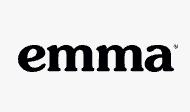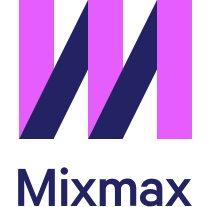SalesLoft vs Campaign Monitor
Hyperise integrates with 100's of sales and marketing tools, many of which are in the Email Marketing category. With so many to choose from it's sometimes hard to know which is best, but don't worry, we've got your covered.
In this comparison guide we're going to look at the Highlights, Pros, Cons and Pricing of SalesLoft and Campaign Monitor. We'll also delve into the details of which offers the best personalization options within Email Marketing, with there respective Hyperise integrations

SalesLoft
Pricing: SalesLoft pricing is based on the number of users and the plan you choose. They offer three main plans: Core, Professional, and Enterprise. Core is their starter package and is $125 per user per month (billed annually). Professional is their middle plan and is $200 per user per month (billed annually). Enterprise is their most comprehensive package and is $300 per user per month (billed annually).Vs

Campaign Monitor
Pricing: Campaign Monitor offers a range of pricing plans to meet the needs of businesses of all sizes. Prices vary depending on the size of your list, the features included, and payment plan. For smaller businesses, the Essential plan starts at $9/month and provides unlimited emails to the first 2,500 contacts. Businesses with larger contact lists can choose the Premier plan, which starts at $199/month and provides unlimited emails to up to 100,000 contacts.
SalesLoft vs Campaign Monitor Highlights
SalesLoft is software designed to optimize sales efforts. It features features such as automated sales cadences, call tracking, automated email sequences, advanced analytics, and more to help sales teams communicate with prospects more effectively. In comparison, Campaign Monitor is a email marketing platform that allows users to create, send, and track campaigns, manage customer data and profiles, and measure success with detailed analytics. With Campaign Monitor, users can create personalized email campaigns and collect actionable customer insights. While both SalesLoft and Campaign Monitor can help with marketing and customer engagement, the primary difference is that SalesLoft is focused on optimizing sales tactics, while Campaign Monitor is focused on email marketing campaigns.
SalesLoft vs Campaign Monitor Pros
SalesLoft Pros
- Pros of SalesLoft compared to Campaign Monitor
- Active sales engagement capabilities
- More comprehensive contact profiles
- Ability to track user activity
- Great customer support
- Ability to segment contact data quickly
- Automatically syncs contacts between CRM systems
- Wide range of features, including email templates and website forms
- Customizable surveys and data visualization
- A/B testing for email campaigns
- Data enrichment for insights into customer buying behavior
Campaign Monitor Pros
- Pros for Campaign Monitor Compared to SalesLoft:
- More streamlined user interface and workflow
- Better segmentation functionality
- Ability to A/B test campaigns
- Automatically-scheduled follow-up emails
- More robust reporting and analytics capabilities
- More user-friendly drag-and-drop designer
- Ability to embed videos in emails
- Easier list management
- Mobile-friendly templates
- More third-party integrations
SalesLoft vs Campaign Monitor Cons
SalesLoft Cons
- Cons of SalesLoft Compared to Campaign Monitor:
- Less customization options for creating campaigns
- Higher subscription costs
- Fewer integration tools available
- Less reporting data available on each campaign
- No free-trial option for new users
- Fewer email templates to choose from
- Less intuitive user interface
Campaign Monitor Cons
- Campaign Monitor has less features available than SalesLoft
- Campaign Monitor has limited integration options with other platforms
- Campaign Monitor does not offer a full suite of tracking and analytics
- Campaign Monitor is not as user-friendly as SalesLoft for the creation of emails and other content
- Campaign Monitor does not have as powerful a customer segmentation/targeting capability as SalesLoft
SalesLoft & Campaign Monitor Hyperise Integrations
SalesLoft uses the HTML code embed method to integrate with Hyperise, giving a simple way to add personalized images to your messages.
SalesLoft makes the following data points available to Hyperise, to enable personalization in images used in outreach and linked out to your personalized website landing pages.
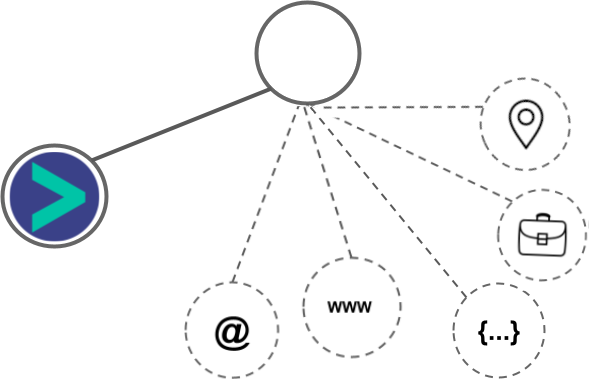
- Using business Email passed from SalesLoft, Hyperise is able to enrich business logo and website screenshots. In some cases, with a business Email we're also able to enrich profile images, subject to the business email having a publicly available profile.
- Business name
- Category
- City
SalesLoft Integration Guide
Campaign Monitor uses the HTML code embed method to integrate with Hyperise, giving a simple way to add personalized images to your messages.
Campaign Monitor makes the following data points available to Hyperise, to enable personalization in images used in outreach and linked out to your personalized website landing pages.

- Using business Email passed from Campaign Monitor, Hyperise is able to enrich business logo and website screenshots. In some cases, with a business Email we're also able to enrich profile images, subject to the business email having a publicly available profile.
Campaign Monitor Integration Guide
 vs
vs 
 vs
vs  vs
vs 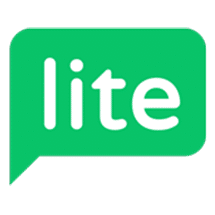 vs
vs  vs
vs 



 vs
vs  vs
vs 
 vs
vs 
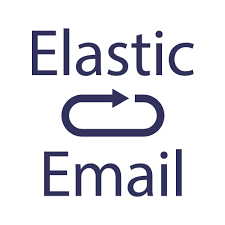
 vs
vs  vs
vs 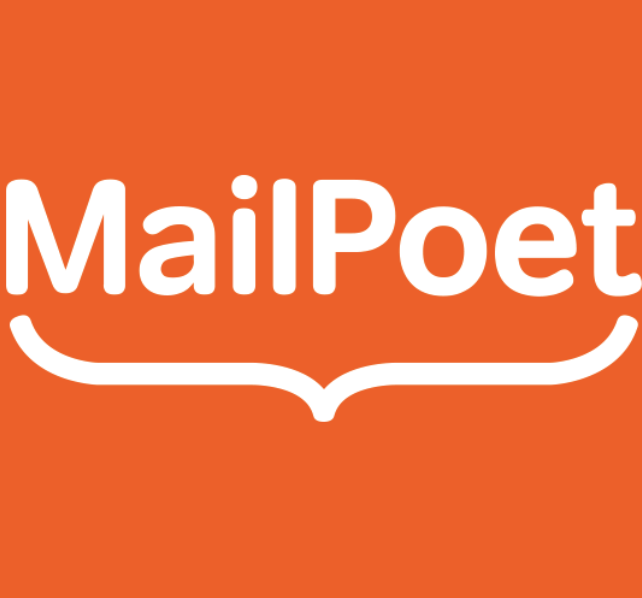 vs
vs  vs
vs 


 vs
vs  vs
vs 








 vs
vs  vs
vs 
